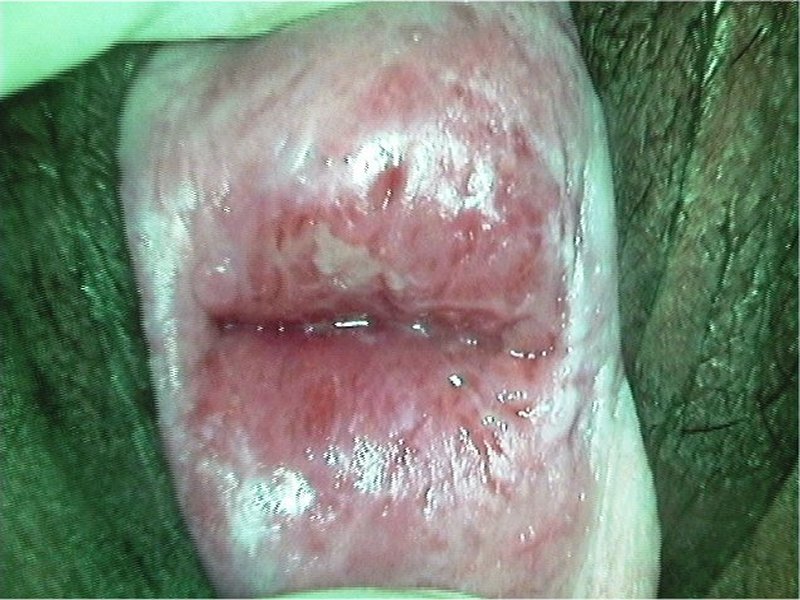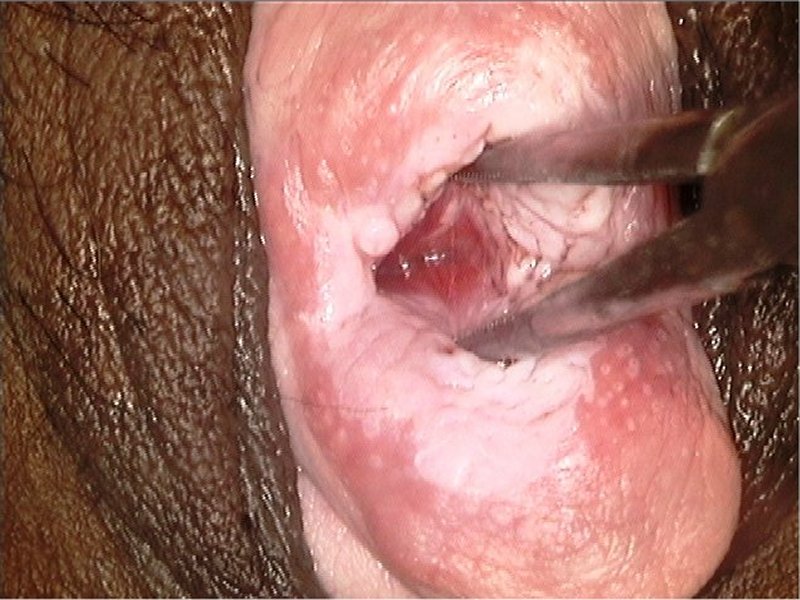Atlas of Colposcopy: Principles and Practice / Activity 6
Case |
High grade / CIN2 / CIN3
Go back to the list
| After normal saline with green filter |
| After acetic acid |
| Examination of endocervix |
| After Lugol’s iodine |
 General assessment General assessment | |||||||||||||||||
 Normal colposcopic findings Normal colposcopic findings | |||||||||||||||||
 Abnormal colposcopic findings Abnormal colposcopic findings | |||||||||||||||||
 General principles General principles | |||||||||||||||||
 Position and size Position and size | |||||||||||||||||
 Grade 1 (minor) Grade 1 (minor)
|  Grade 2 (major) Grade 2 (major)
|  Non-specific Non-specific
|  Suspicious for invasion Suspicious for invasion
|  Miscellaneous finding Miscellaneous finding
| |
Swede score:
| Nil or transparent | Thin, milky | Distinct, stearin | |
| Nil or diffuse | Sharp but irregular, jagged, satellites | Sharp and even, difference in level | |
| Fine, regular | Absent | Coarse or atypical vessels | |
| < 5 mm | 5-15 mm or 2 quadrants | >15 mm, 3-4 quadrants, or endocervically undefined | |
| Brown | Faintly or patchy yellow | Distinctly yellow |
Case Summary
| Provisional diagnosis: | Type 2 transformation zone; high-grade squamous intraepithelial lesion (HSIL). |
| Management: | LLETZ (type 2 excision). |
| Histopathology: | HSIL-CIN3. |
| Comment: | LLETZ is necessary to exclude invasive cancer. A ring pessary was inserted immediately after LLETZ to avoid exposure of the raw area to mechanical trauma and bleeding. The Ward–Mayo operation (vaginal hysterectomy with repair of pelvic floor) was performed after the histopathology report was received. |



